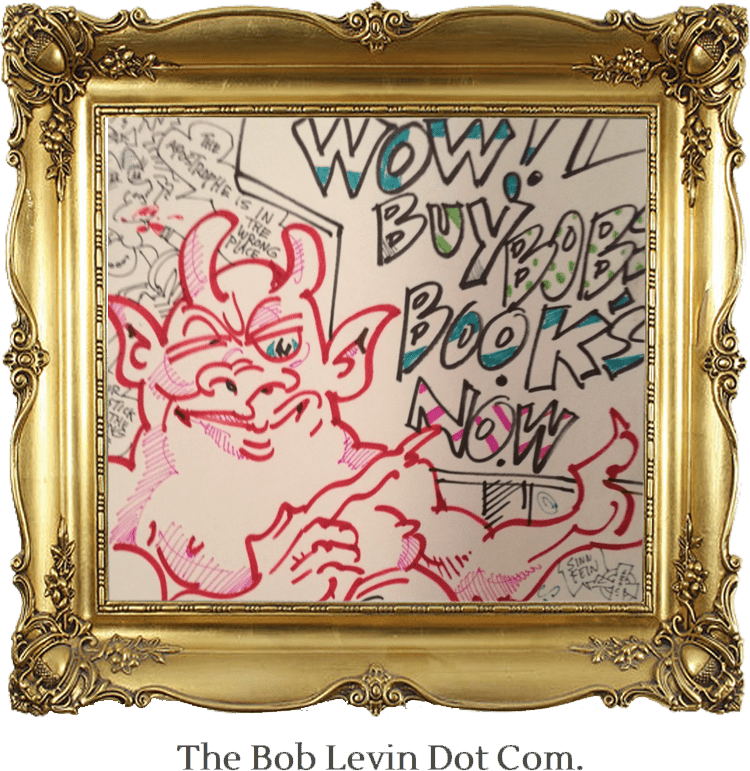“Cheesesteak: The West Philadelphia Years: A Rememboir” is out (Spruce Hill Press. POB 9492. Berkeley 94709. $20, including postage.) It looks great. No reviews are in (or expected), but Adele was caught laughing when she read it. (She also said that in the author’s portrait on the back I looked “even more dissipated than in the original.”)
UPS delivered the shipment early Friday morning, which was nice. It meant I could get to Staple’s to stock up on the least expensive mailers into which I could squeeze one and then to the USPO where I could price one so-squozen in order to purchase the stamps required to mail them as cheaply as I could. (“Allow five-to-seven business days for delivery.”) Then I started stuffing envelopes.
Saturday morning, I put my marketing plan into operation. I trundled off to the French with a stack and my “Buy Bob’s Book Sign,” accompanied by Adele for moral support. We sold four, all to people with whom I have been known to chat. Others within this same degree of consanguinity did not bite. Strangers (and semi-strangers) did not glance in my direction.
Morning two, Adele stayed home. No one bought. (I guess I need a babe in the booth.) An Asian-American woman (a stranger!) picked up a copy, asked if I was part of a Berkeley tradition, put it down, and said, “Good luck.” An artist/musician picked one up, put it down, and said nothing. An anthropology professor emeritus offered to gtrade me a copy of his book he’d self-published after writing it for his grandchildren.
Hap, who bought one yesterday, said he’d read half and found it “hilarious.”
